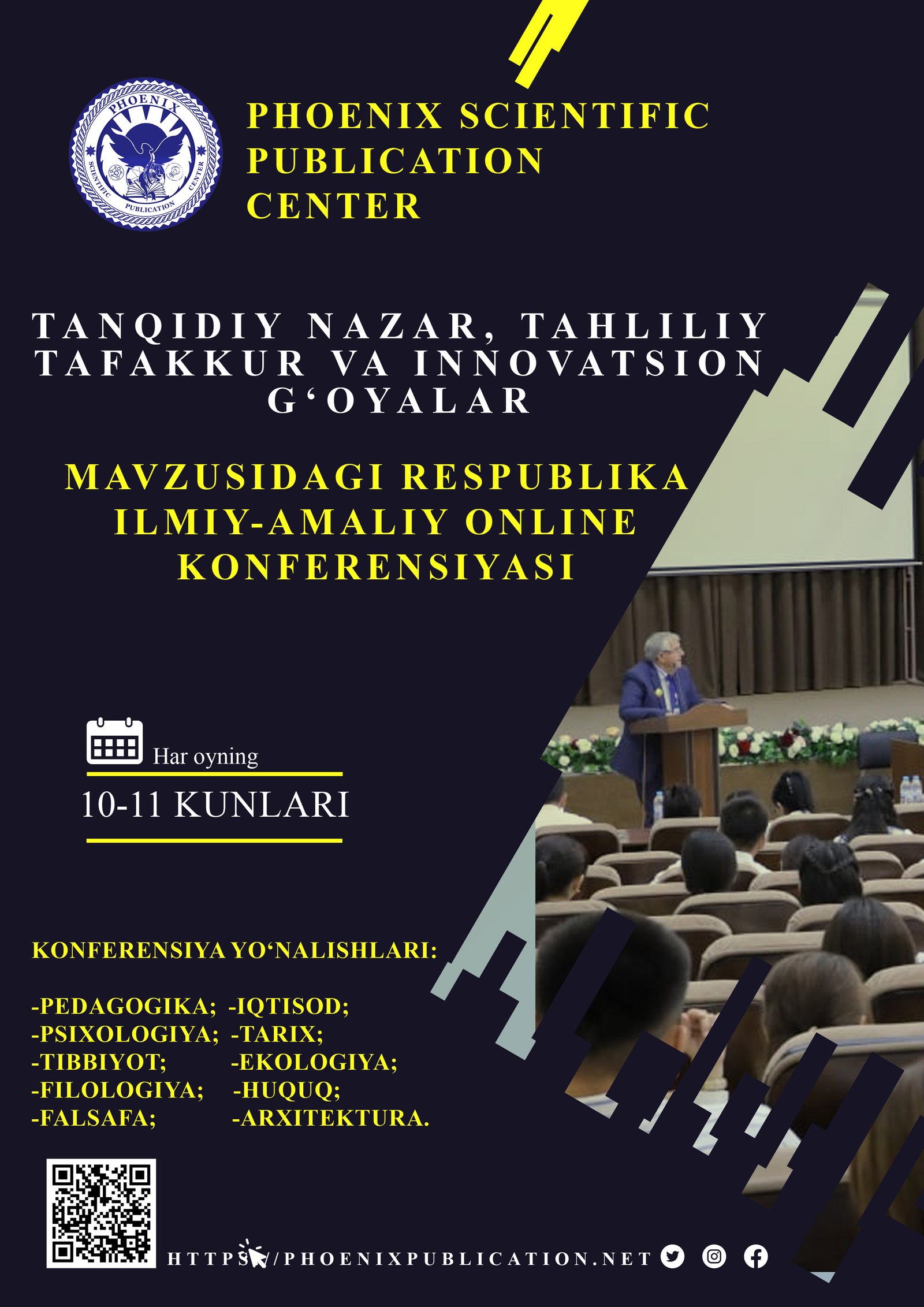Abstract
Teaching methodologies have evolved significantly over time, transitioning from conventional teacher-centered approaches to contemporary learner-centered methods. Traditional teaching emphasizes direct instruction, memorization, and structured curricula, whereas modern approaches incorporate technology, interactive learning, and personalized instruction. This study compares the effectiveness, advantages, and limitations of both conventional and contemporary teaching approaches in various educational contexts. The findings provide insights into how these methods impact student engagement, comprehension, and overall learning outcomes, offering recommendations for optimizing teaching strategies in the 21st century.
References
1. Anderson, L. W., & Krathwohl, D. R. (2001). "A Taxonomy for Learning, Teaching, and Assessing: A Revision of Bloom's Taxonomy." Educational Researcher, 31(1), 31-36.
2. Bonwell, C. C., & Eison, J. A. (1991). "Active Learning: Creating Excitement in the Classroom." ERIC Digest
3. Brown, H. D. (2007). Principles of Language Learning and Teaching. Pearson Education.
4. Bartlett, L., & Vavrus, F. (2017). Comparative case studies: An innovative approach. Nordic journal of comparative and international education (NJCIE), 1(1).
5. Batchelor, J. (2011). Innovative teachers’ pedagogical efficacy in their use of emerging technologies (Doctoral dissertation, University of Pretoria).
6. Broadfoot, P. (2000). Comparative education for the 21st century: retrospect and prospect. Comparative Education, 36(3), 357-371.
